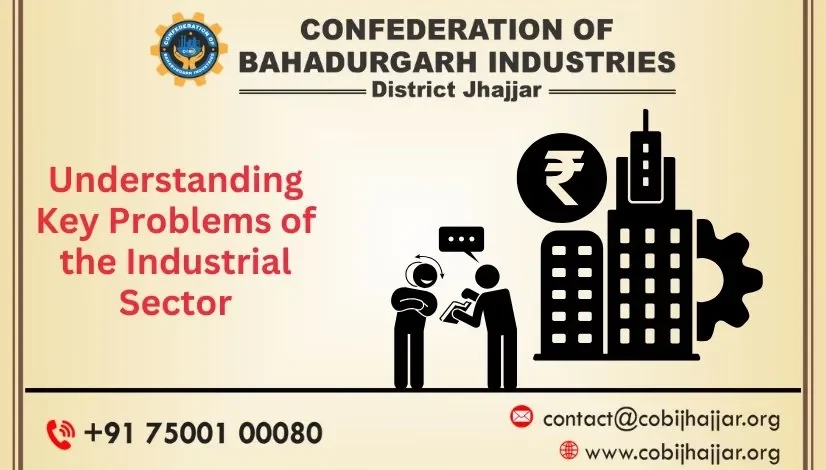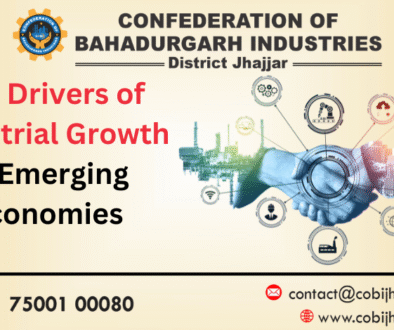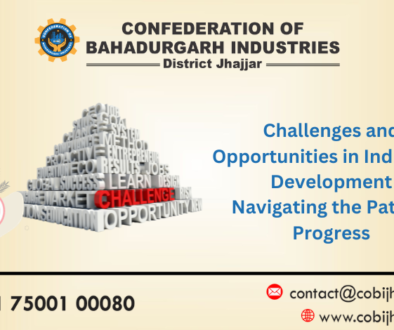Overcoming Industrial Challenges: Understanding Key Problems of the Industrial Sector
The industrial sector plays a critical role in driving economic growth, employment, and innovation. However, like any other sector, it faces multiple industrial challenges that affect productivity, sustainability, and long-term profitability. From infrastructure gaps to labour issues and technological disruptions, understanding these industrial problems is the first step toward finding practical solutions.
In this blog, we explore the most pressing problems of the industrial sector and strategies that can help overcome them.
1. Rising Operational Costs
One of the major industrial challenges is the rising cost of raw materials, energy, and logistics. Volatile market prices and dependence on imported resources further add to the problem. High operational costs not only affect competitiveness but also limit the scope for expansion and innovation.
Solution: Industries can reduce costs by adopting energy-efficient technologies, sourcing locally, and leveraging automation to optimise production.
2. Skilled Labour Shortages
Although industries generate employment, many struggle with a shortage of skilled labour. Rapid technological changes demand specialised skills, which the existing workforce may lack. This mismatch between demand and supply creates significant industrial problems and hampers growth.
Solution: Continuous skill development, vocational training, and partnerships with educational institutions can help bridge this gap.
3. Environmental Concerns
One of the most critical problems of the industrial sector is its impact on the environment. Pollution, waste generation, and excessive use of natural resources are drawing global attention. Stricter government regulations and consumer awareness have forced industries to rethink their sustainability practices.
Solution: Embracing eco-friendly manufacturing, waste recycling, and renewable energy can help industries balance growth with responsibility.
4. Technological Disruptions
Industries are under constant pressure to adapt to technological advancements such as AI, robotics, and digitalization. While these technologies promise efficiency, many industries face challenges in terms of adoption costs, training, and integration into existing systems.
Solution: Gradual implementation of technology, pilot projects, and employee training programs can ease this transition and improve competitiveness.
5. Supply Chain Disruptions
Global industries are highly dependent on supply chains, which often face disruptions due to geopolitical tensions, natural disasters, or pandemics. Such issues can delay production and result in financial losses.
Solution: Building resilient supply chains through diversification, local sourcing, and digital monitoring tools is essential to overcome such industrial problems.
6. Financial Constraints
Access to finance is another key hurdle for small and medium-sized industries. High-interest rates, lack of investor confidence, and limited government support can slow down expansion and modernisation.
Solution: Exploring alternative funding options, government subsidies, and public-private partnerships can provide industries with the financial backing they need.
7. Compliance and Regulatory Issues
Industries must comply with various legal, safety, and environmental regulations. However, navigating through complex compliance structures can be time-consuming and costly.
Solution: Implementing digital compliance management systems and seeking expert consultancy can simplify this process.
The industrial sector is the backbone of economic development, but it faces several industrial challenges that require strategic solutions. From environmental concerns to labour shortages and supply chain disruptions, the problems of the industrial sector are diverse but not insurmountable.
By embracing technology, adopting sustainable practices, investing in skill development, and building resilient systems, industries can not only overcome these industrial problems but also ensure long-term growth and stability. The future of industry depends on how effectively it adapts to change while maintaining a balance between profitability and responsibility.




